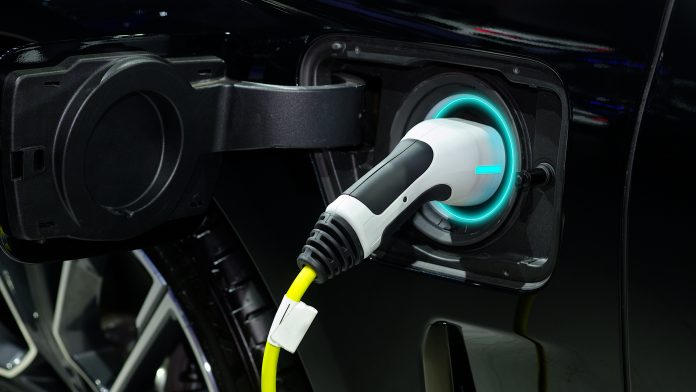Andrew Phillips, Executive Director and Chief Financial Officer of Lithium Power International, explores plans for fast-charging networks to support the rapidly increasing demand for electric vehicles.
Electric vehicle (EV) owners often grumble, with good cause, that there are not enough charging stations for them to drive any distance without becoming stranded if their batteries run flat. Range anxiety is a hindrance to the enjoyment of rambling, cross-country road trips that many families enjoy. However, if promises are anything to go by, we may be near a tipping point.
Start-up companies, utilities, city authorities, EV manufacturers and even Big Oil have unveiled plans to roll out extensive charging networks now that EV sales are pushing above 10% market share. Having hit this tipping point, many believe demand will rise much higher somewhat faster, lifting demand for lithium-ion batteries.
Rising demand for EVs
There are a few notable indications that this growth trend will accelerate. Perhaps the most important is the US Government pledge of considerable support when, in April, it was found that the nation’s network of about 1,000 charging stations needed to expand 100-fold to meet anticipated demand. The White House has since gone further. In June, it announced a $7.5bn national network of 500,000 chargers on highways and in communities. An overarching goal is to ensure anyone can use the network regardless of the car they drive or the state they are in.
Coinciding with this, some global companies and start-ups are embarking on ambitious plans of their own. Oil major BP cites EV charging as one of its major growth opportunities, and it has signed a partnership with Volkswagen to build a fast-charging network in Europe and the UK, costing £1bn. In May, CEO Bernard Looney said his company was “delivering real progress across five transition growth engines – EV charging, convenience, bioenergy, renewables and hydrogen”. In May, another oil giant, Shell, signed an agreement with electrical specialist ABB to purchase AC and DC charging equipment for use at its fuel stations.
Others have strategies that are in alignment, including EV pioneer Tesla which has offered to modify its comparatively large global charging network so that other EV brands can use their chargers, according to a White House announcement. Tesla has a pilot trial in Europe of such a move. In India, an arm of the sprawling Tata conglomerate, Tata Power, is teaming with investment major BlackRock and others to establish a utility-scale business with solar capacity and EV charging capabilities. It currently operates more than 2,000 public vehicle charging and 200 bus charging points in more than 350 cities. Its plan is to extend that in Mumbai, other cities and along highways.
Independent charging organisations
Independent charging companies have also spotted an opportunity. California-based Chargepoint makes its own chargers and claims it is the largest network of independently owned charging stations installed now in 14 countries. It went public last year and has nearly 200,000 spots. Its business model is to focus on parking stations. Their research shows that is where autos spend 96% of their time, and garage owners are now paying for the charging hardware. Another pure play company is EVGo. It currently has 375,000 customer accounts and has been growing revenue at a quarterly year-on-year rate of 95%. Customer numbers have risen by 51%.
Convenient charging
Yet another approach is being taken by Californian real estate group LL Development. It launched its Stack Charge brand when announcing details of its first outlet on the I-15 highway between Las Vegas and Los Angeles. Its model will be familiar because it incorporates refuelling with food outlets, amenities and Wi-Fi. Its Co-Founder, Lawrence Fung, has been quoted saying: “We are aiming to redefine electric car charging by turning stations into modern hubs with experience-driven amenities.”
A novel idea from Hopcharge, a start-up located in Delhi, India, is an on-demand, mobile doorstep service. Subscribers can call for a recharge where they need it, which is not only convenient but also helps overcome an intense shortage of charging stations.
Yet another model intended to respond to local transport issues is being developed in New York City. To ensure that its EV charging network and the local power utility can meet the expected demand of more than 100,000 hire cars, a study has been launched by the U.S. Department of Energy. It wants to determine the ideal number, types, and location of charging stations to ensure the best level of support. Many simulations using a mountain of data are helping to assess driver schedules, charging rates and even the weather to plan locations for public fast-charging stations. The Department said that: “Uber and Lyft have both pledged aggressive targets to fully electrify their fleets by 2030. Historically, drivers have used their own vehicles and refuelled at the long-established network of city gas stations. This means that a shift to electric ride-hailing fleets would not only require more ride service drivers with EVs, but also convenient access to public fast-charging stations or at-home charging.”
Please note, this article will also appear in the eleventh edition of our quarterly publication.









